Team Canvas — How to Create Your Team
Main Takeaways
Reading Time: 2 minutes The Team Canvas is a variant of the Business Model Canvas. Alex Ivanov and Mitya Voloshchuk created it as a tool to reflect about teamwork and team culture. The canvas builds upon team values and goals: People & Roles, Common Goals, Personal Goals, Purpose, Values, Strength & Assets, Weakness & Risks, Needs & Expectations, Rules & Activities.
Description of Team Canvas
Team Canvas — How to Create Your Team is a facilitation format I use frequently. The Team Canvas is a variant of the Business Model Canvas. Alex Ivanov and Mitya Voloshchuk created it as a tool to reflect about teamwork and team culture.
The quadrants of the canvas are filled after some brainstorming on team values and goals:
- People & Roles: What are the names and the roles of each member? - What are called as a team?
- Common Goals: What are the goals for the whole team?
- Personal Goals: What are individual goals of each team member?
- Purpose: What is the team's purpose: the Why behind your goals?
- Values: What are the core values that you share?
- Strength & Assets: What are your strengths: things that would move you forward?
- Weakness & Risks: What are your weaknesses: things that would hinder you?
- Needs & Expectations: What are your needs and expectation from the team?
- Rules & Activities: What are the ground rules that you want to agree on? How are you going to communicate, make decisions, execute and give feedback?
Possible brainstorming formats are Lego Serious Play and Prime Directive. Team Chartering with Lego Serious Play.
Rules of Team Canvas
Participants
- The group has less than 15 people.
- The group listens actively and attentively.
- Everyone has space to be deeply heard.
- The group draws each mind map element with consensus after thorough discussions.
When to use Team Canvas
- Starting a new team.
- Kicking off a project.
- Onboarding new team member.
- Basic team alignment. - For advanced team alignment see Team Trust Canvas facilitation.
Facilitator Role
- Supports the creative process of each person in the group (listening deeply and appreciatively to each contribution).
- Listens deeply, and creates a space where each participant can be deeply heard.
- Provides empathy, respect, and support for each participant’s contribution.
- Values each participant's contribution.
Further Readings
Online Tools
- Creatr - creatlr.com
- BlankCanvas - blankcanvas.io

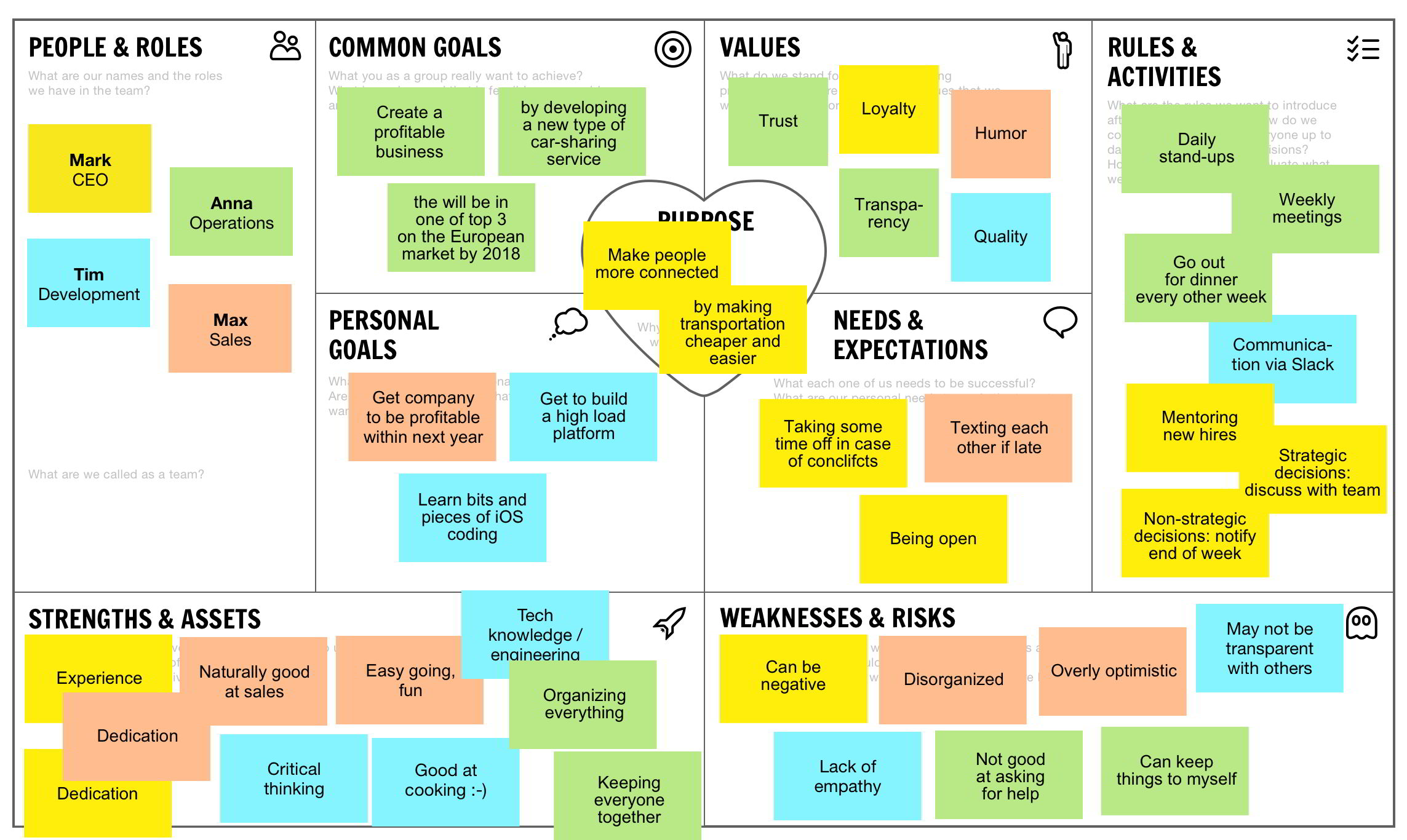
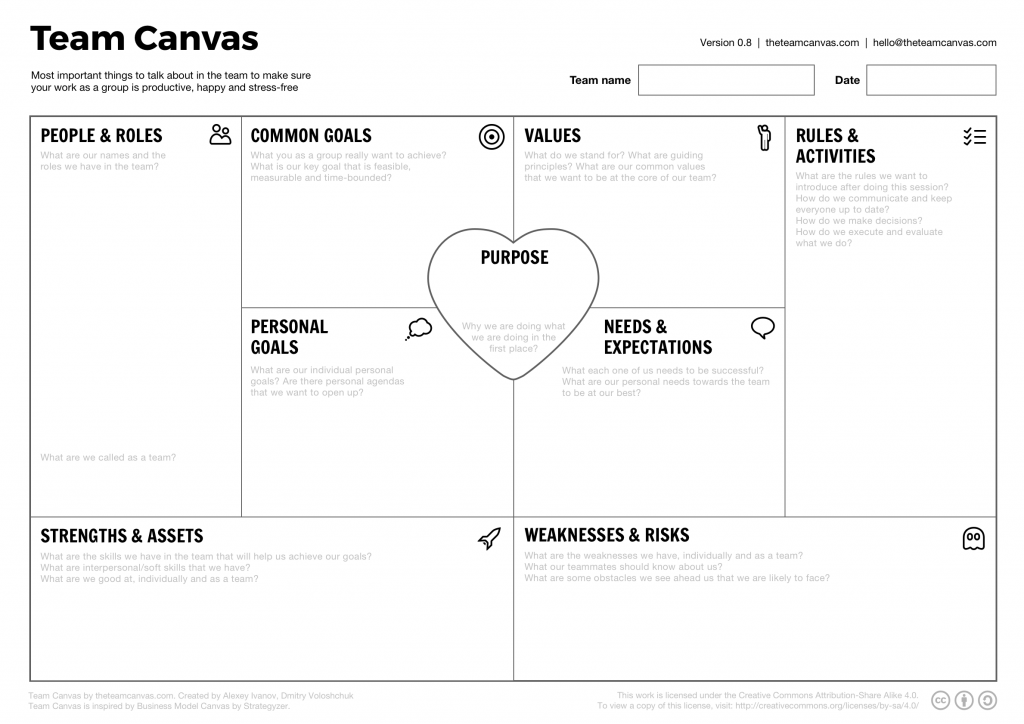


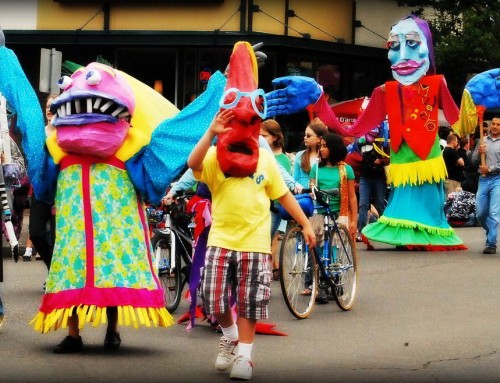
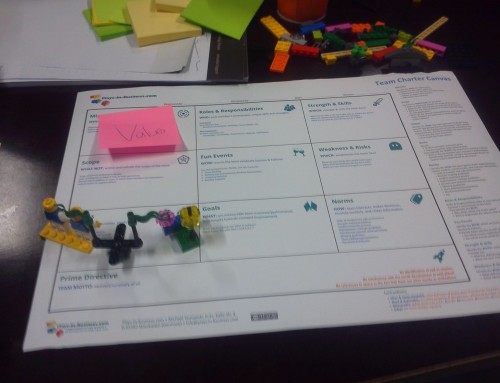
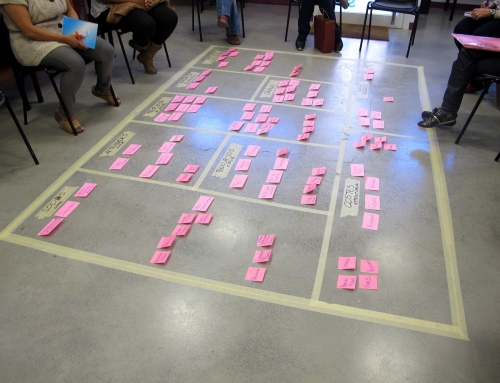
Leave A Comment